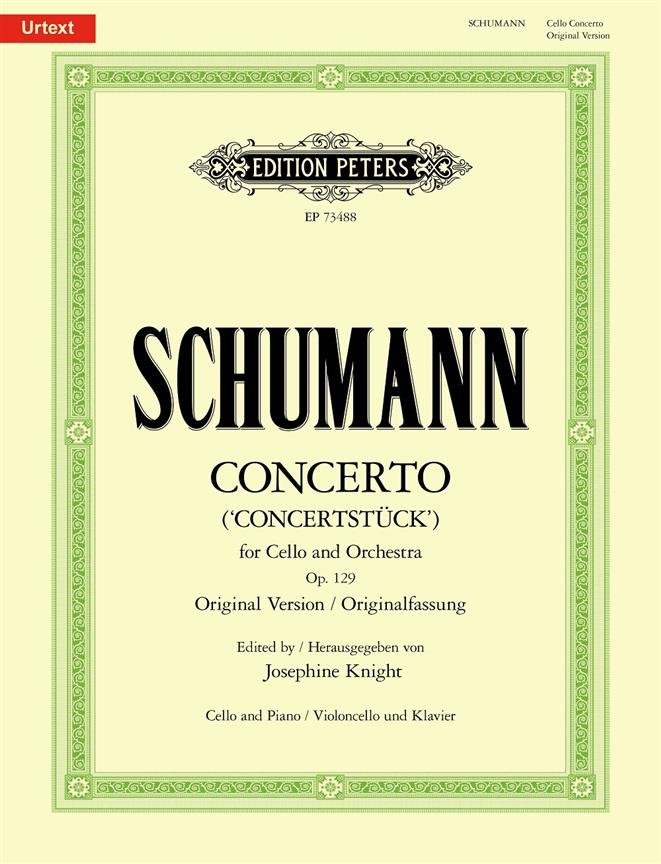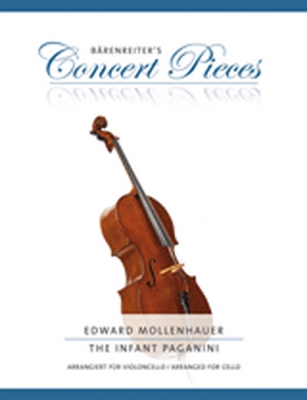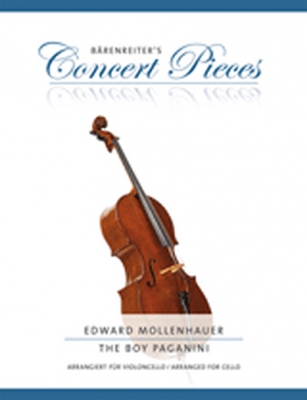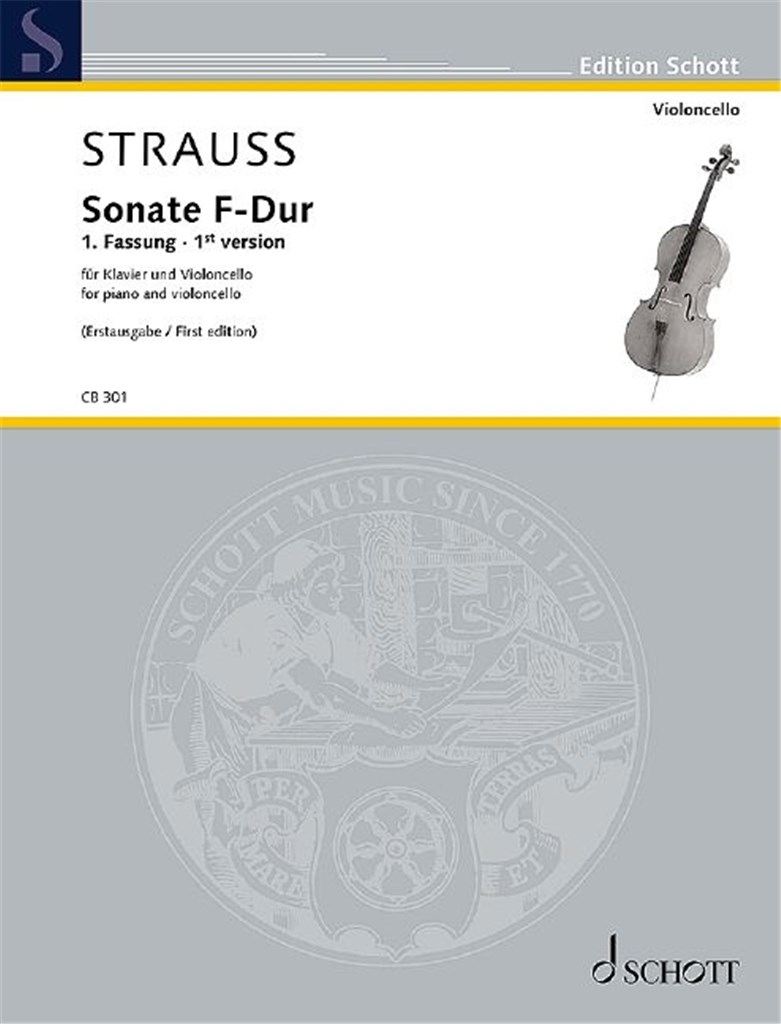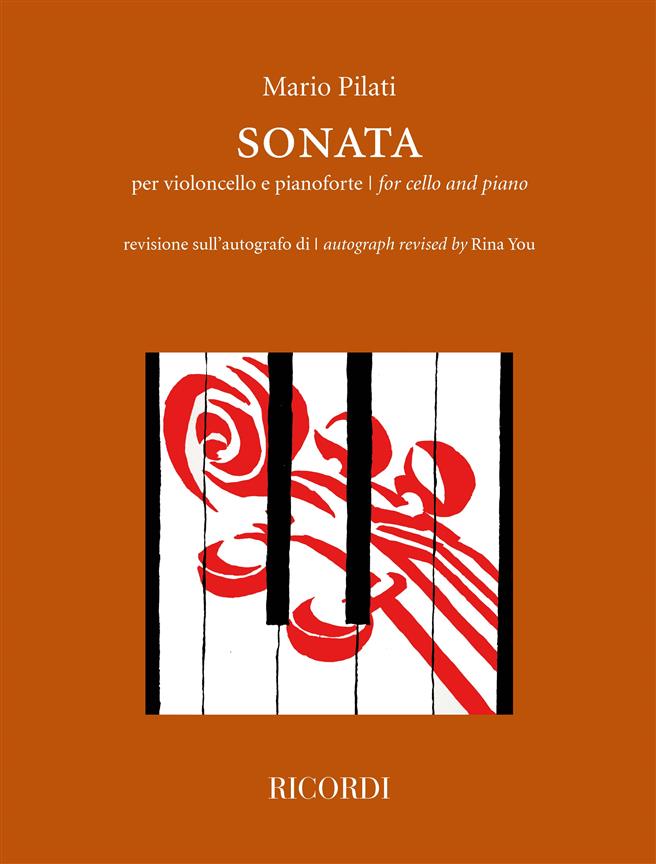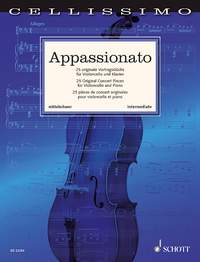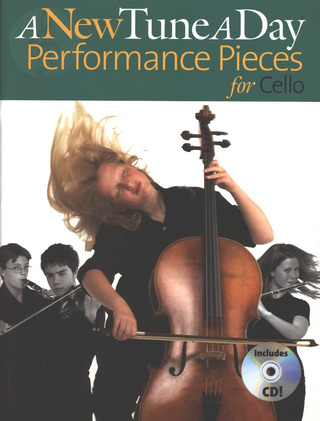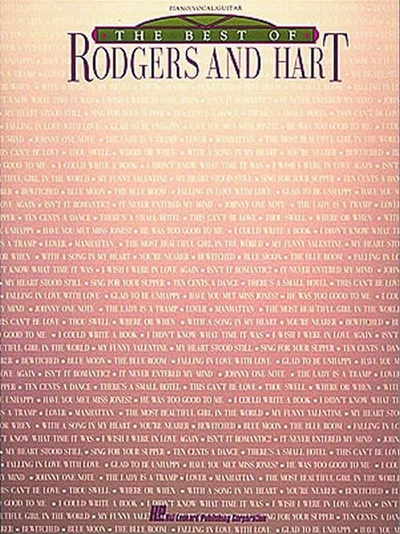1 |
| Concerto for Cello and
Orchestra
(Concertstück)
Violoncelle, Piano [Partition]
Peters
Original Version - Edition for Cello and Piano. Par SCHUMANN ROBERT. Schumann’...(+)
Original Version - Edition for Cello and Piano. Par SCHUMANN ROBERT. Schumann’s Cello Concerto Rediscovered
In her first Urtext edition for Edition Peters, internationally renowned cellist Josephine Knight reveals Robert Schumann’s original version of his Cello Concerto in A minor Op. 129 – a piece he actually called a ‘Concertstück’ – removing generations of inauthentic editorial interventions. This is the only available modern scholarly edition of the work as Schumann originally conceived it, and restores the text from October 1850, based on the composer’s manuscript held in the Biblioteka Jagiellonska in Kraków. This Full Score matches the separately available edition for Cello and Piano (EP 73488). Matching orchestral material is also available from the publisher.
Only modern Urtext edition based on Schumann’s original 1850 manuscript Many new corrections and clarifications, especially to the cello part Scholarly preface detailing history of the work and this edition by editor Josephine Knight, Piatti Professor of Cello at the Royal Academy of Music London Cello Part contains Josephine Knight's fingering and bowing suggestions Critical Commentary Cello and piano edition available separately from Edition Peters: orchestral parts available for rental Recording of the Concertstück featuring Josephine Knight available from Dutton
Robert Schumann’s tragic last years have mired many of his greatest works in unnecessary doubt. The story of the suppression of his Violin Concerto by well-meaning friends is relatively well-known. Few, however, know that the version of the Cello Concerto that is routinely heard today is so far from Schumann’s original conception of the work – not only in details of phrasing and articulation, but also featuring a different ending with a bold final flourish from the cello. Composed in a burst of inspiration in two weeks in October 1850 shortly after he and Clara had moved to Düsseldorf, Schumann (who in 1850 was still in good health) never heard the piece performed. In an effort to promote a performance of the work, he gave the score to the cellist Robert Emil Bockmühl. Bockmühl made revisions that Schumann resisted, and the hoped-for performance never happened. Schumann’s health failed and he died aged just 46 in 1856. The Concerto, in an already substantially revised form, was premiered in 1860 but it was not given significant recognition until it was championed by Pablo Casals in the 20th century by which time (and since) the text for the work had accreted additions and alterations from generations of soloists.
Now Josephine Knight, Piatti Professor of Cello at the Royal Academy of Music, London has returned to the original 1850 manuscript of the work, which is in the Biblioteka Jagiellonska in Kraków, to reveal Schumann’s original thoughts for the first time in a modern Urtext edition. The edition reflects Schumann’s original conception of the work as a Concertstück and restores Schumann’s musical text, free of posthumous interventions.
‘My ultimate wish,’ says the editor, ‘is to give performers both access to, and confidence that they are playing from, an edition which is a true representation of the piece in its original form, no matter how much more difficult this might be. I found that incorporating the changes enabled the piece to take on a completely different character – one that is lighter and happier, even “cheerful”, as Schumann himself described the work.'/ Répertoire / Violoncelle et Piano
Délais: En Stock | | |
| The Infant Paganini
Violoncelle, Piano - Facile
Barenreiter
Born in Erfurt, the composer Edward Mollenhauer (1827-1914) achieved success in ...(+)
Born in Erfurt, the composer Edward Mollenhauer (1827-1914) achieved success in America as a soloist and teacher. His best-known pieces for young violinists are 'The Infant Paganini? and 'The Boy Paganini?.Both appear here in their original version for violin and piano and, for the first time, in a transcription for cello and piano by Christoph Sassmannshaus.The Mollenhauer fantasia 'The Infant Paganini? is a charming introduction to early virtuoso techniques. It calls for bowing techniques such as detaché, legato, spiccato and arpeggios over three strings. Players are also expected to play harmonics and pizzicato.This showpiece (BA 10691) can be accomplished by young violinists who can play in first to third position and who are nearing completion of the Sassmannshaus Early Start on the Violin, volume 4.It (BA 10693) can be equally mastered by young cello students who are working with volume 4 of the Sassmannshaus 'Early Start on the Cello? and can manage first to fourth position.'The Boy Paganini? is an impressive concert piece which is more demanding. Its two movements call for changes of metre, harmonics and pizzicato. Other challenges include chords on all four strings and simple passages in octaves.On the violin (BA 10692), the technical requirements call for first to fifth position whereas on the cello (BA 10694), the student must be able to play in first to fourth position.Both violinists and cellists should have completed volume 4 of 'Early Start on the Violin? and 'Early Start on the Cello? respectively in order to master this work. - Popular recital pieces for young violinists and cellists- Both works form an ideal continuation of the Sassmannshaus 'Early Start? methods- Pieces originally scored for violin now also available for the first time for cello / Violoncelle Et Piano
Délais: 2-5 jours - En Stock Fournisseur | | |
| The Boy Paganini
Violoncelle, Piano [Partition] - Intermédiaire
Barenreiter
Born in Erfurt, the composer Edward Mollenhauer (1827-1914) achieved success in ...(+)
Born in Erfurt, the composer Edward Mollenhauer (1827-1914) achieved success in America as a soloist and teacher. His best-known pieces for young violinists are 'The Infant Paganini? and 'The Boy Paganini?.Both appear here in their original version for violin and piano and, for the first time, in a transcription for cello and piano by Christoph Sassmannshaus.The Mollenhauer fantasia 'The Infant Paganini? is a charming introduction to early virtuoso techniques. It calls for bowing techniques such as detaché, legato, spiccato and arpeggios over three strings. Players are also expected to play harmonics and pizzicato.This showpiece (BA 10691) can be accomplished by young violinists who can play in first to third position and who are nearing completion of the Sassmannshaus Early Start on the Violin, volume 4.It (BA 10693) can be equally mastered by young cello students who are working with volume 4 of the Sassmannshaus 'Early Start on the Cello? and can manage first to fourth position.'The Boy Paganini? is an impressive concert piece which is more demanding. Its two movements call for changes of metre, harmonics and pizzicato. Other challenges include chords on all four strings and simple passages in octaves.On the violin (BA 10692), the technical requirements call for first to fifth position whereas on the cello (BA 10694), the student must be able to play in first to fourth position.Both violinists and cellists should have completed volume 4 of 'Early Start on the Violin? and 'Early Start on the Cello? respectively in order to master this work. - Popular recital pieces for young violinists and cellists- Both works form an ideal continuation of the Sassmannshaus 'Early Start? methods- Pieces originally scored for violin now also available for the first time for cello / Violoncelle Et Piano
Délais: 2-5 jours - En Stock Fournisseur | | |
| Sonate F-Dur (STRAUSS
RICHARD)
Violoncelle, Piano
Schott
Arrangeur: Florence Eller. Par STRAUSS RICHARD. The Cello Sonata Op. 6 was compo...(+)
Arrangeur: Florence Eller. Par STRAUSS RICHARD. The Cello Sonata Op. 6 was composed over an apparently frequently interrupted period of three years, an extraordinarily long time for Strauss's early creative phase. The compositional process spawned two independent versions of the work, the first of which is published for the first time on the basis of the text in the Critical Edition of the Works of Richard Strauss in the current edition as a practical musical text. The genesis of the two versions and the reasons for revision can only be reconstructed in part: only one of the surviving autographs bears a date and the second version only survives in printed form. What is more, Strauss did not communicate in greater detail on this composition in correspondence with his family and friends.
There are enormous differences between the two versions of the Sonata: Strauss deleted the entire second and third movements Larghetto and Allegro vivace, replacing them with a newly composed Andante and Finale. In the first movement, Allegro con brio, Strauss retained the thematic-motivic material and compositionally complex passages such as the three-voice fugue in the development section (from bar 241 in the first version and bar 275 in the second version) almost intact in the new version of the sonata, but also undertook extensive alterations, particularly in the structure of the piano part, the motivic-thematic development of the movement and its harmony which became far more ambitious.12 Particular attention should be drawn to the repetitive accompaniment of the con espressione theme beginning in bar 32 and the significantly shorter development in the first version.
The current printed edition of the first version of Richard Strauss's Cello Sonata now makes it possible to follow Strauss's compositional development during this period. The significance of the differences between the versions also mean that two sonata compositions for violoncello and piano by Richard Strauss with fundamental disparities in their underlying character are now available for performance.
(from the foreword by the editors)/ Répertoire / Violoncelle et Piano
Délais: 2-5 jours - En Stock Fournisseur | | |
| Sonata Per Violoncello E
Pianoforte (PILATI MARIO)
Violoncelle, Piano - Intermédiaire
Ricordi
Revisione Sull'Autografo Di Rina You. Par PILATI MARIO. The artistic production ...(+)
Revisione Sull'Autografo Di Rina You. Par PILATI MARIO. The artistic production of the Neapolitan composer Mario Pilati (Naples, 1903-1938) has recently been undergoing a reappraisal. Having died at a young age, he never had the opportunity to gain the recognition he deserved, and much of his music has, in fact, fallen into oblivion. Less well-known than his Sonata in La (Sonata in A major) written a few years later for the same formation, his Sonata per violoncello e pianoforte (Sonata in D major for cello and piano) was composed in 1922 when the composer was nineteen years old, in the ninth year of his compositional studies in the class of Maestro Antonio Savasta. The Sonata, based on the opening of a piece by Carl Reinecke, is in sonata form, and develops over a single movement. In the piece, which has got clear post-romantic connotations, the expressive vein, singing lines and lyricism that would also distinguish Pilati’s later works can already be heard. / Niveau : Intermédiaire / Date parution : 1905-07-10/ Répertoire / Violoncelle et Piano
Délais: 2-5 jours - En Stock Fournisseur | | |
| Appassionato
Violoncelle, Piano
Wiener Urtext
Volume 2 of the Cellissimo series contains 25 popular original pieces for cello ...(+)
Volume 2 of the Cellissimo series contains 25 popular original pieces for cello and piano from the Baroque, Classical and Romantic eras and is a real treasure trove for advanced pupils, students, teachers and cello lovers.The cello literature comprises a lot of major standard works for lessons, concerts and competitions. Apart from classics by Vivaldi, Bréval, Beethoven, Mendelssohn, Schumann, Faurè, or Saint-Saëns, the volume also contains several lesser known pieces, e.g. by August Nölck (1862-1928) and Georg Goltermann (1824-1898).The pieces are of medium technical difficulty which corresponds to grade 3-4 or grade 5-8 of the international examination system. Some pieces can be played in the 2nd to 7th position, while several works require putting the thumb under. All selected works are particularly suitable for the development of sound, vibrato, differentiated bowing technique, as well as the performer's personal interpretation and musical presentation.Some of the pieces come with a basso part (violoncello 2) which is available for download free of charge.Other editions:Volume 1: Arietta. 40 easy original pieces for violoncello and piano (Schott, ED 22353) / Violoncelle Et Piano
Délais: 2-5 jours - En Stock Fournisseur | | |
| A New Tune A Day
Performance Pieces
Violoncelle, Piano [Partition + CD]
Boston Music
A New Tune A Day propose la même logique, le rythme doux et attention aux déta...(+)
A New Tune A Day propose la même logique, le rythme doux et attention aux détails qui ont fait les éditions précédentes afin énormement populaire et réussie. Effacer des schémas explicatifs et de photographies vous guider à travers les leçons et de réaliser le meilleur dans le ton, la technique et la posture. La sélection de la musique est fraîche et passionnante, y compris des duos et des tours d'inspirer les étudiants et s'assurer que ces heures de pratique vitale ne sont jamais ennuyeux! / Violoncelle
Délais: 2-5 jours - En Stock Fournisseur | | |
| Rodgers And Hart The Best
Of - Piano-Vcl (RODGERS
RICHARD / HART L)
Violoncelle, Piano [Partition]
Hal Leonard
Par RODGERS RICHARD / HART L.. 27 de leur mieux, y compris : ensorcelé, tomber ...(+)
Par RODGERS RICHARD / HART L.. 27 de leur mieux, y compris : ensorcelé, tomber en amour avec amour, n'est-il pas romantique?, la Dame est un clochard, My Funny Valentine et plus encore ! / Date parution : 2005-06-27/ Recueil / Violoncelle et Piano
Délais: 2-5 jours - En Stock Fournisseur | |
1 |
| 